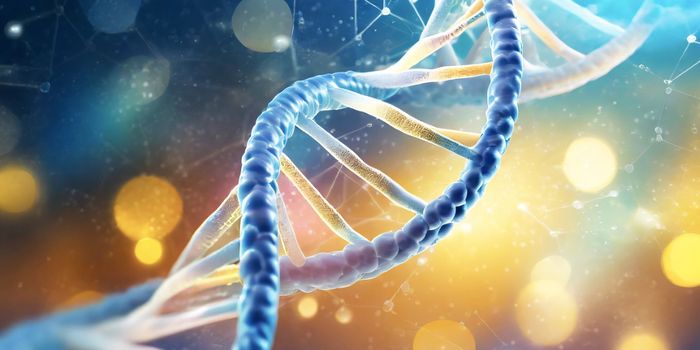Why Lung Cancer Outcomes are Often Worse for Nonsmokers
Lung cancer is a leading cause of cancer-related deaths. There are two primary types of lung cancer: non-small cell lung cancer (NSCLC) and small cell lung cancer. While smoking can lead to lung cancer, nonsmokers can develop the disease as well, and NSCLC is the most common lung cancer in patients who have never smoked. Scientists have now learned more about why targeted treatments for NSCLC may not work for some lung cancer patients, particularly those who carry certain genetic mutations and who have never smoked. Those mutations can cause doubling of the genome, which seems promote resistance to cancer treatment. The findings have been reported in Nature Communications.
A common genetic mutation that is found in NSCLC patients arises in a gene called epidermal growth factor receptor (EGFR), and this study noted that it is found in ten to fifteen percent of UK NSCLC patients.
The survival rate for about one-third of people who are diagnosed with Stage IV NSCLC and also carry an EGFR mutation is only about three years. Survival rates depend on the stage of the cancer at diagnosis.
Drugs called EGFR inhibitors have been used for about fifteen years to treat lung cancers associated with EGFR mutations. These drugs work for some, but other people who also carry a mutation in a gene called p53 often fail to respond to EGFR inhibitors. These individuals also tend to have far worse outcomes. In this study, the investigators aimed to determine why that happens.
The researchers assessed data from an EGFR inhibitor trial, comparing tumors that had been scanned and measured. Patients who only carried an EGFR mutation saw a reduction in tumor size after EGFR inhibitor treatment, but in those who carried an EGFR mutation along with a p53 mutation, tumors both shrank and grew. This type of mixed response is a known challenge in cancer treatment.
The scientists modeled the combined EGFR and p53 genetic mutations in mice, and found that the tumors that were resistant to treatment in these mice contained cancer cells with doubled genomes. This was confirmed in a cell culture model; cells that were treated with an EGFR inhibitor were more likely to have a doubled genome if they carried both mutations. The chromosomes of these cells with double the genome can them become unstable, which promotes drug resistance.
Now, the researchers are interested in developing an assay that can identify NSCLC patients with both mutations.
“Once we can identify patients with both EGFR and p53 mutations whose tumors display whole genome doubling, we can then treat these patients in a more selective way," explained Dr. Crispin Hiley of University College London. "This might mean more intensive follow up, early radiotherapy or ablation to target resistant tumors, or early use of combinations of EGFR inhibitors, such as Osimertinib, with other drugs including chemotherapy.”


















































